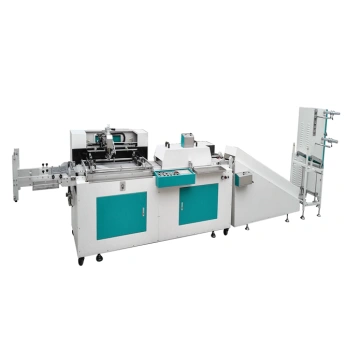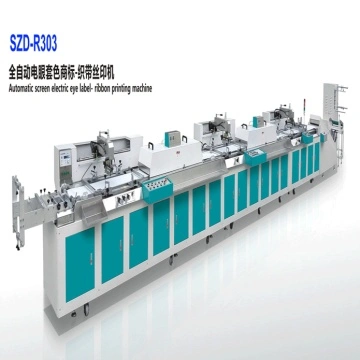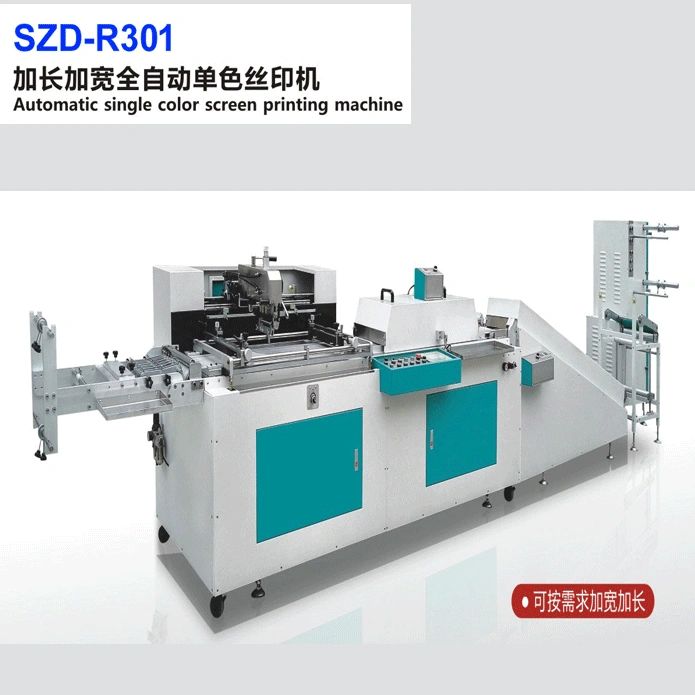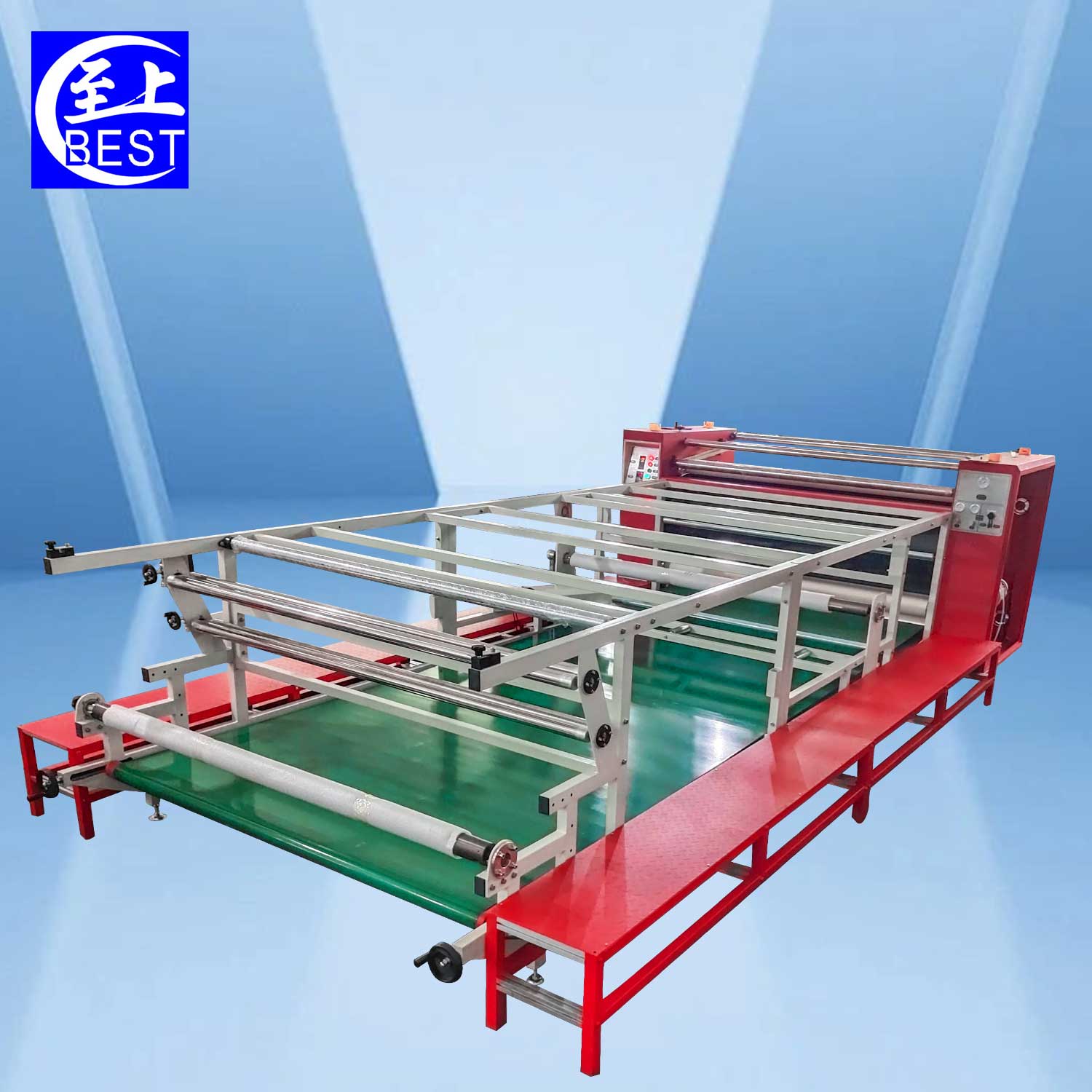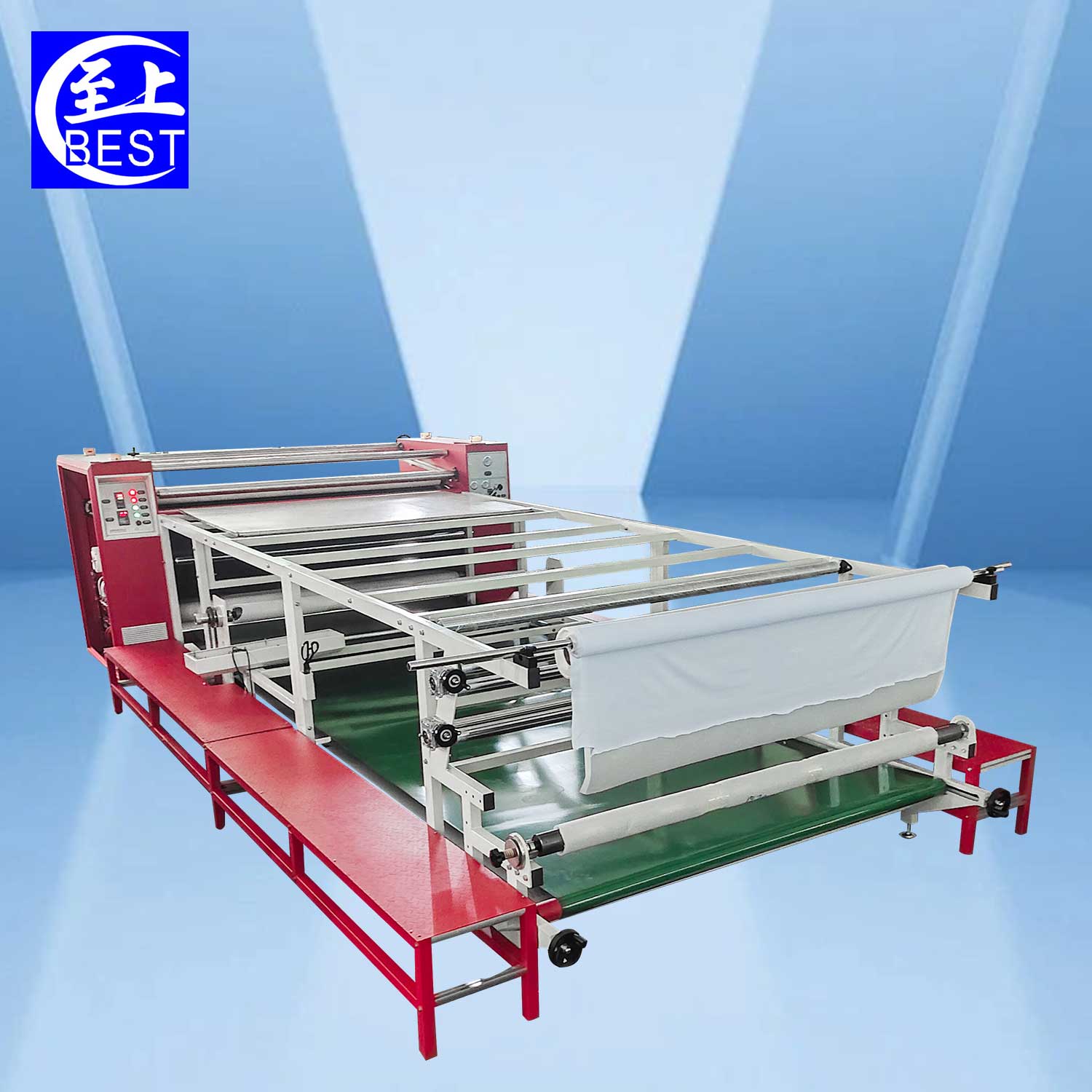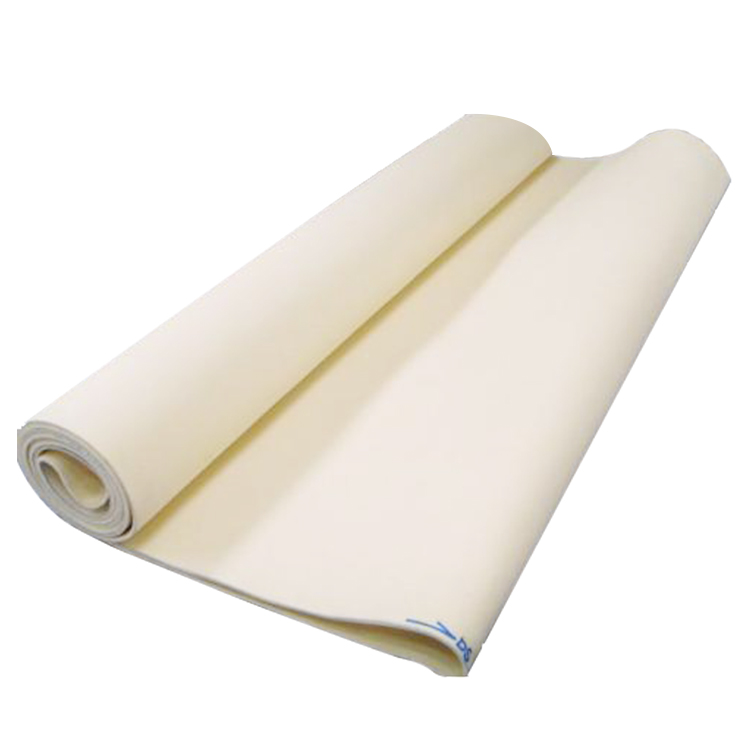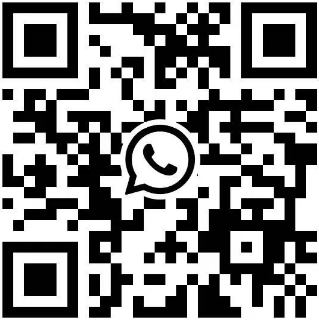High Capacity Automatic Screen Printing Machine for ribbon
- Product Item : SZD-301RA
- Category:Ribbon screen printing machine
- Model No. : SZD-301RA
- Brand : KC
- Type Of Printing Plate : Screen Printer
- Applicable Industry : Retail, Food Shop, Printing Shops, Construction Works, Energy &Amp; Mining, Food &Amp; Beverage Shops, Advertising Company
Automatic RibbonScreen Printing Machine
The screen printing machine for printing continuous strips and roll materials belongs to the category of roll-to-roll screen printing machines. There are two main types. One is the screen printing machine for printing paper, film and other materials with good dimensional stability. It has the following characteristics:
1) The workbench adopts an aluminum alloy suction screen printing table. When the roll material is transported to the printing position according to a certain distance, the material stops moving, the suction action opens, and the printing is completed. Then, the roll material continues to be pulled forward.
2) The drying of the machine can use a winding drying furnace, which saves the space occupied by the machine under the condition of ensuring the drying of the material. Now there are also some product packages that use UV drying or UVLED drying. A curing unit can be installed in the post-printing process, and the UV ink is dried instantly, so the footprint of the machine is greatly reduced.
3) The photoelectric tracking switch is installed at the front of the machine table, and the single-color screen printing machine can perform overprinting of the second color. The machine can connect multiple monochrome machines to complete multi-color overprinting.
This roll-to-roll screen printing machine is suitable for printing paper packaging, membrane switches, thermal transfer films and other products. With the development of the market, the functions of roll-to-roll machines have been greatly improved. For example, adding a thermal transfer unit can realize cold stamping. When printing thermal transfer film, the machine can be equipped with an automatic powder shaker unit, and some factories will Add die-cutting or cutting function.
There is also a kind of screen printing machine with stretchability and elasticity such as printing ribbons. Its characteristics are as follows:
1) The workbench adopts a synchronous belt driven by a motor, and the product will move forward with the synchronous belt for a certain distance for printing, which avoids the graphic deformation caused by the expansion and contraction deformation of the product during printing.
2) Ribbon and other products are basically printed with thermosetting ink and glue, and the ink drying adopts IR drying process, and the length of the drying oven varies from 2 meters to 4 meters. Currently, webbing products rarely use UV curing process.
Samples

Ribbon is a narrow or tubular fabric made of various yarns, usually in the form of a roll of unlimited length.
Yarn can be natural fibers such as cotton and linen, or chemical fibers such as polyester, nylon, polypropylene, and spandex. Some shoulder straps of underwear and decorative belts of home clothes use cotton webbing, and some handles of linen handbags are natural fibers. Chemical fibers include: high-strength and durable luggage straps, straps for outdoor equipment, etc.; shoelaces, climbing safety belts, team logo belts, billboard belts; swimsuit straps, medical straps, trouser belts, hat decorative belts and yoga clothing decorative belts.Ribbon involves clothing, footwear, luggage, security, household goods, sporting goods, electronic equipment, outdoor decoration and other fields.Ribbon can be decorated by screen printing machine,Hot Stamping Machine, embossing machine, and chemical transfer machine.
Technical data
|
|
Advantage
- That shut down for operating an ink rub net increase, which will help the color adjustment;
- Block printing with vacuum suction function, ribbon positioning is more accurate and reliable;
- High-speed printing, the normal per-minute speeds of up to 15M;
- Which can print up to eight different types of ribbon;
- Double blade design, printing, inking cleaner and reliable;
- All-electric control, no compressed air;
- Automatic feeding, winding tension control;
- Smooth running smoothly, the printing stroke and speed adjustable;
- Taiwan inverter control constant torque operation, to ensure consistent printing results;
- Using IR infrared drying system, printing, drying synchronization is complete;
Details

Catalogue


Structural Features of a Fully Automatic Webbing Screen Printing Machine
-
Worktable – Webbing is a narrow strip product made by fabric weaving, which often has an uneven surface and sometimes exhibits elasticity. To ensure that the webbing does not slip or wrinkle during the screen printing process, a synchronous belt worktable is used. In such a setup, the webbing adheres to the synchronous belt and moves along with it during printing. The synchronous belt is coated with platen adhesive to prevent slippage and deformation of the webbing. To enhance printing precision, the synchronous belt is generally driven by a servo motor.
-
Drying Unit – Screen printing on webbing typically uses plastisol ink or inks suitable for fabrics, all of which require drying. Therefore, a tunnel dryer measuring around 1–2 meters in length is installed after the screen printing unit. Currently, UV inks are not widely used in webbing printing because they have not yet yielded satisfactory results in this application.
-
Control Panel – As a type of automatic roll-to-roll screen printing machine, the webbing screen printer involves relatively complex operations and multiple adjustable parameters due to varying printing processes. A touchscreen control panel is used to efficiently manage the operation and programming of the screen printer.
-
Web Guiding Device – For roll-to-roll automatic screen printers, it is essential to ensure that the pattern is printed uniformly and vertically centered on the webbing at regular intervals. Although automatic web guiding devices are not typically included due to the coarse texture of the webbing, positioning rings are installed on the feed roller to maintain alignment and prevent deviation during transport.
-
Foil Stamping Unit – For users who require foil stamping on webbing, a foil stamping unit can be added at the end of the screen printing machine. Given the fluffy structure of webbing
INQUIRY
CATEGORIES
- Inkjet printer
- Roller transfer machine-200mm
- Roller sublimation machine-420mm
- Roller sublimation machine -610mm
- Roller sublimation machine-800mm
- Roller sublimation machine-1000mm
- Laser cutting machine
- Heat press machine
- Ribbon zipper heat transfer machine
- Cloth rolling machine
- Screen printing machine
- Paper and ink
- Spare parts
LATEST NEWS
CONTACT US
Name: lusa zhong
Mobile:+86 13829127980
Tel:+86 13829127980
Whatsapp:008613829127980
Email:sales@zsheatpress.com
Add:Fuma Road, Humen Town, Dongguan City, Guangdong Province, China

